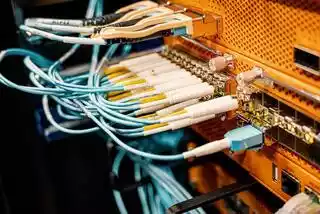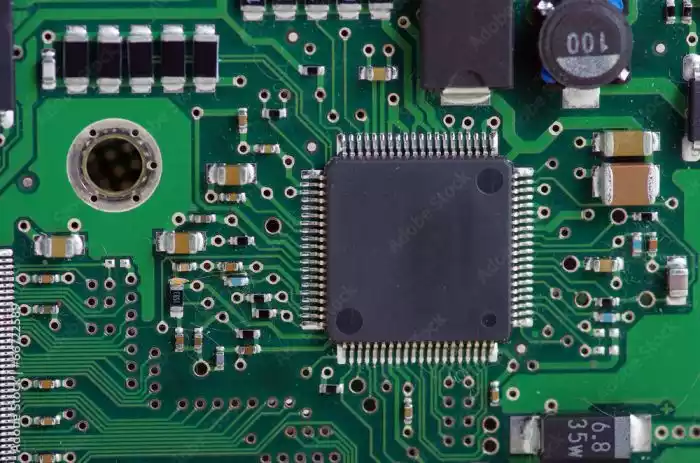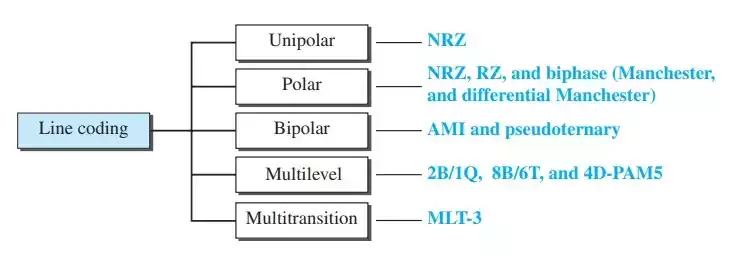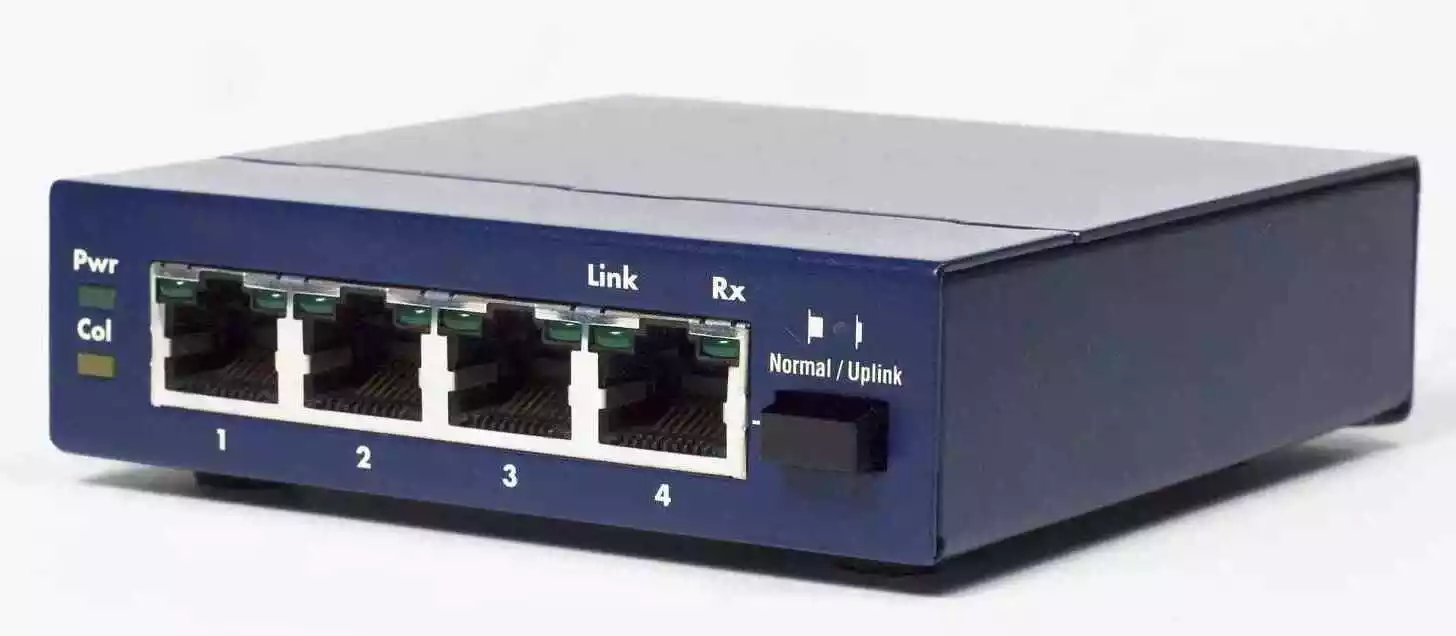What is Frequency Reuse in Wireless Communication?
Wireless communication has become a big part of our modern lives, which help in connecting us through various devices and services.
To ensure the efficient use of the limited radio spectrum available for wireless communication, a technique called frequency reuse is employed.
In this article, we’ll look into the concept of frequency reuse, its benefits, challenges, and its impact on communication networks.
Table of Contents
The Concept of Frequency Reuse
At its core, frequency reuse is a technique used in wireless communication, that allows the same frequency band to be used in multiple geographical areas, known as cells, as long as these cells are sufficiently far apart to prevent interference.
This technique hinges on the principle that by carefully managing the allocation of frequencies, we can accommodate more users and devices within the same spectrum without sacrificing performance.
Frequency Reuse Factor
The frequency reuse factor is a key parameter in frequency reuse. It signifies the number of cells that must be separated before the same frequency band can be reused.
A smaller frequency reuse factor indicates that more cells can share the same spectrum, amplifying network capacity.
Nevertheless, a lower reuse factor also raises the likelihood of interference, which can impede the quality of communication.
Factors Influencing Frequency Reuse
Several factors determine the optimal frequency reuse factor for a given scenario. These include;
- User density,
- Terrain characteristics,
- Radio wave propagation behaviors.
Generally, urban areas with dense populations lean towards smaller reuse factors due to high demand, while rural areas with lower demand opt for larger reuse factors.
Frequency Reuse in Practice
To illustrate frequency reuse, consider a cellular network with a hexagonal grid of cells.
If we have seven cells, and the reuse factor is three, the same frequency band can be assigned to any group of three non-adjacent cells.
For instance, cells 3, 5, and 7 can share the same frequencies, but not cells 2, 3, or 4.

Benefits of Frequency Reuse
Frequency reuse offers some numbers of benefits that contribute to the efficiency and expansion of wireless communication networks:
1. Increased Spectral Efficiency
By allowing more cells to utilize the same spectrum, frequency reuse enhances the overall network capacity, accommodating more users and traffic.
2. Reduced Interference
Careful cell spacing minimizes the potential for interference between cells sharing the same frequencies, resulting in higher quality communication.
3. Improved Scalability
Frequency reuse simplifies network expansion by enabling the addition of cells without acquiring additional spectrum.
4. Lower Costs
Through effective spectrum utilization and reduced infrastructure demands, frequency reuse aids in cost reduction for network deployment and operation.
Challenges Associated with Frequency Reuse
Despite its advantages, frequency reuse poses certain challenges that require careful consideration:
1. Co-channel Interference
When cells using the same frequency are situated too closely, co-channel interference can occur, degrading the quality of service.
2. Handover Complexity
Managing handovers, the process of transferring calls between cells, becomes more difficult due to frequency reuse.
3. Complexity of Network Planning
Planning networks with frequency reuse demands meticulous cell spacing and interference assessment, elevating the complexity of network design.
Wrap Up
As a wrap up, Frequency reuse in wireless communication is a technique that enables the same frequency band to be used in multiple distinct areas, as long as they are adequately separated.
It helps to enhance spectrum efficiency while minimizing interference.
It also allows networks to serve more users, enhance scalability, and minimize costs.
However, it’s vital to recognize and address challenges like interference and network planning complexity before implementing frequency reuse strategies.
FAQs
- What is the primary goal of frequency reuse? Frequency reuse aims to maximize the efficiency of radio spectrum by allowing multiple cells to share the same frequencies, accommodating more users within the same spectrum.
- How does frequency reuse impact network scalability? Frequency reuse simplifies network scalability by enabling the addition of cells without requiring additional spectrum resources.
- Is frequency reuse equally effective in all types of environments? No, the effectiveness of frequency reuse varies based on factors like user density, terrain, and radio wave propagation characteristics.
- Can frequency reuse be a solution to the increasing demand for wireless connectivity? Yes, frequency reuse helps address the growing demand for wireless connectivity by optimizing spectrum usage and expanding network capacity.





